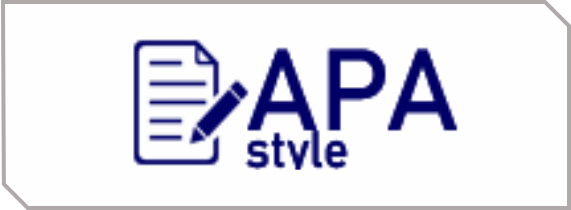Uji Aktivitas Antioksidan Teh Herbal Daun Melinjo (Gnetum Gnemon L.) Dengan Menggunakan Spektrofotometri Visibel
DOI:
https://doi.org/10.47861/usd.v1i2.330Keywords:
Herbal Tea, Melinjo Leaf (Gnetum Gnemon L.), Antioxidant, DPPH.Abstract
Antioxidants are compounds that can counteract / reduce the negative effects of free radicals that cause damage to the body. Natural antioxidants are used as an alternative in an effort to minimize the use of synthetic antioxidants which can cause carcinogens. Utilization of melinjo leaves as herbal tea is one effort to use natural antioxidants to minimize the use of synthetic antioxidants which can cause carcinogens. The purpose of this study was to determine the content of secondary metabolites contained in melinjo leaf tea, the characteristics of melinjo leaf tea and the antioxidant activity of melinjo leaf tea.
This research was conducted by making melinjo leaf herbal tea through a drying process in a drying cabinet at 40oC, phytochemical screening, examining the characteristics of the tea, and testing the antioxidant activity.
The results of the Phytochemical screening examination showed that melinjo leaf herbal tea contains alkaloids, flavonoids, saponins, tannins, steroids/triterpenoids. As well as having the characteristics of water content 5.6866%, water extract 36.9740%, total ash content 5.7658%, water soluble ash content to total ash 7.7066, acid insoluble ash content 0.54%. While the antioxidant activity test of melinjo leaf herbal tea showed very weak antioxidant activity with an IC50 value of 501.7622 ppm
References
A.A. Hamid, O. .. Aiyelaagbe et al. 2010. “Antioxidant : its Medidal and Pharmacological Applications.” African Journal of pure and applied chemistry 4(8):142–51.
A.S, Kanwar. 2007. “Brine Shrimp (Artemia salina) a Marine Animal For Simple and Rapid Biological Assay.” Journal Chinese Clinical Medicine 2 (4):35–42.
Al-Snafi, A. E. 2016. “Clinically tested medicinal plant: A review (Part 1).” SMU Medical Journal 3 (1):99–128.
B.N Meyer, N. R. Ferrigni et al. 1982. “Brine shrimp: a convenient general bioassay for active plant constituents.” Journal Of Medicinal Plant Research 45 (3):31–34.
E. Hanani, Abdul Mun’im et al. 2015. “Identifikasi senyawa antioksidan dalam spons callyspongia sp. dari kepualauan seribu.” Majalah ilmu kefarmasian 1(2):11–13.
Emelda, E. 2021. Farmakognosi: Untuk Mahasiswa Kompetensi Keahlian Farmasi. Yogyakarta: Pustaka Baru Press.
Lestari, Muharfizah S. 2015. “Karakterisasi fisikokimia kerupuk melinjo sebagai upaya diversifikasi produk olahan melinjo.”
Molyneux, P. 2004. “the use of the stable free radical diphenylpicrylhydrazy (DPPH) of estimating antioxidant activity.” j. Sci. technol Songklanakarin 26(2):211–19.
Permadi, A. 2008. Membuat Kebun Tanaman Obat. Jakarta: Pustaka Bunda.
RI, Depkes. 1989. Materia Medika Indonesia Jilid V. Jakarta: Departemen Kesehatan RI.
RI, Permenkes. 2012. Formularium Obat Herbal Asli Indonesia. Jakarta: Peraturan Menteri Kesehatan RI.
Sastrohamidjojo, Hardjono. 2007. Spektroskopi. Yogyakarta: Liberty.
Wanger, A. 2009. “Antibiotic Susceptibility Testing in Goldman, and Green L, Practical Handbook of Microbiology.” New York: CRC. Press (nsd edition):150–55.








